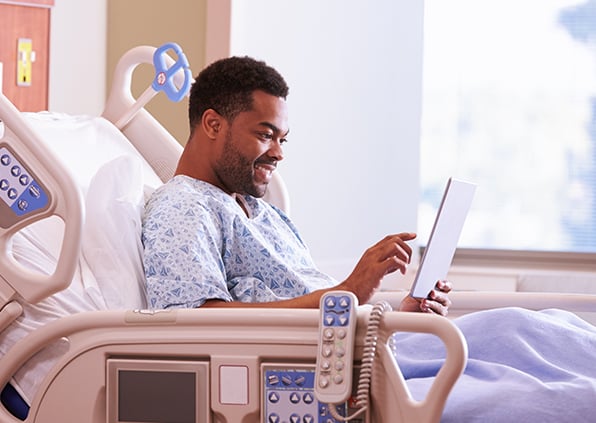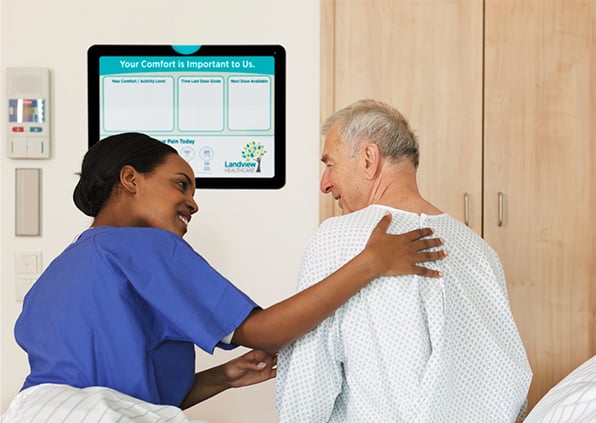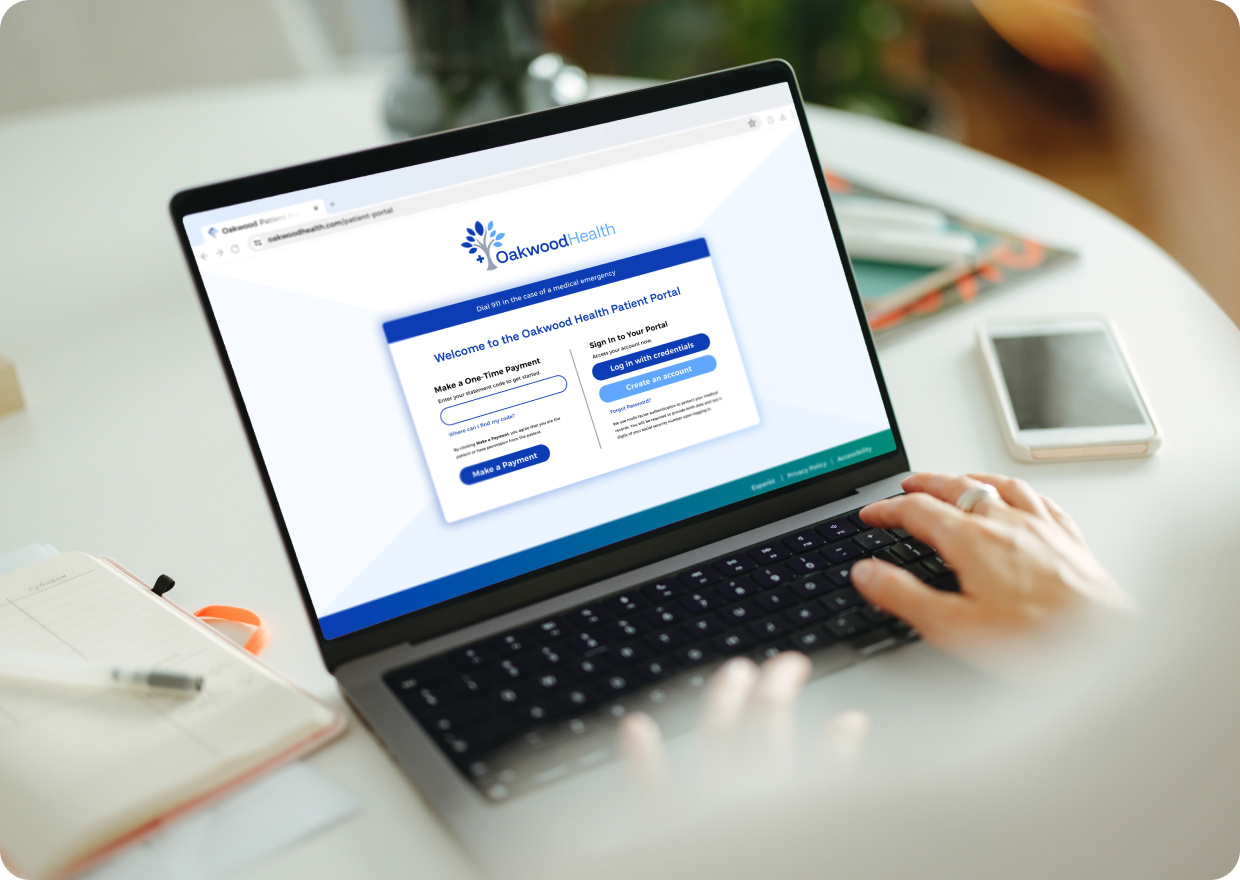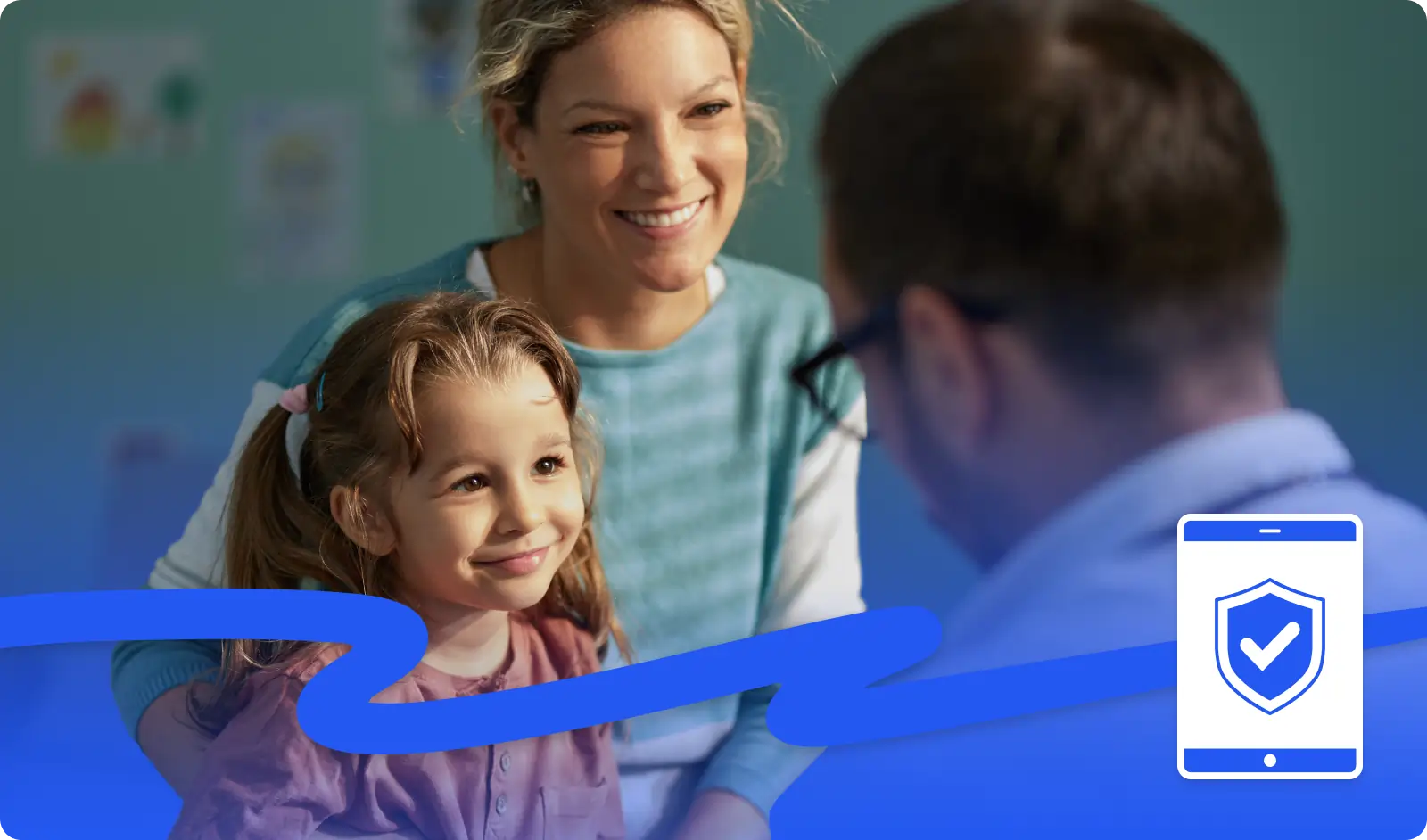The COVID-19 outbreak affected communications everywhere and forced leaders in all industries to think differently about their service delivery models. This was especially challenging in the healthcare industry, where the patient’s need to retain access to the provider was instrumental to the diagnosis and treatment of the virus itself. However, during a period of forced social distancing, how could healthcare providers improve operational efficiency and patient experience? Going forward, what role can digitally enabled communication play in doctor-patient interactions?
Fortunately, secure texting has become a comfortable and approved mode of doctor-patient communication as more and more healthcare providers communicate directly with patients on their phones. This trend is not at all surprising. While many patients are wary of logging in to a portal or downloading an app, research shows that texting has gained extraordinary levels of adoption among American consumers.
Text messaging surges in popularity
Research confirms that text messaging is arguably the most efficient form of marketing communication available. Indeed, the latest statistics behind the proliferation of text messaging in the U.S. are stunning:
- 61% of consumers text significantly more since the start of the pandemic
- 63% of consumers would switch to a company that allowed them to communicate by text
- 97% of Americans of all ages now own a mobile phone
- 99% of all text messages are opened
- The median number of text messages sent per day among U.S. adults is 10
The benefits of implementing SMS texting for healthcare communications
Still holding the phone about adopting text? There are number of operational and service delivery benefits to texting that go beyond the raw usage statistics noted above. Here are the nine key reasons to consider texting for your doctor-patient communications:
1 - Direct engagement
Real time messaging makes it feel like the conversation is happening as if it were in person. Furthermore, it takes only four seconds to send a text versus about two minutes for an average phone call. Texting has the potential to free up nearly an hour per day that would typically be taken up by calling – and you might not even reach the patient during that time and have to call again.
2 - Enhanced patient experience
Adapting to what works for the patient removes stress, eliminates confusion and acknowledges what patients are juggling each day at home and work. Utilizing the platform the patient prefers – their phone – makes communications between healthcare professionals and patients more accessible.
3 - Convenience
Texting has proven to be the ideal secure messaging system for healthcare. With no app or login required, authenticated text messaging has proven to be a secure means of communicating. Using encryption to securely connect ensures that only the intended recipient can view the message(s).
4 - Increased staff efficiency
Electronic records reduce dependencies on paper. A digitally stored and saved message becomes a way to track communication and confirmation, allowing staff to focus on caring for patients.
5 - Lower risk of cross-contamination
Texting avoids potential exposure to infectious diseases. Text messaging can accommodate digital patient intake forms, consents and touchless payment options without the patient needing anything but their own mobile device.
6 - Ease of adoption
Text messaging with no app or download required eliminates technical barriers and creates a seamless patient experience when used in a telehealth environment.
7 - Lower costs
Utilizing the patient’s own mobile device removes the burden of supply chain demands on device allocation and maintenance of signature capture physical infrastructure.
8 - Lower risk of lost documentation
Since text messages are already in a digital format, they can be stored and saved to the patients’ health record and used as a reference for future visits.
9 - Patient/provider contact
Texting allows for interactive patient/provider contact and supports critical clinical documentation such as informed consent.
The connection to healthcare branding strategies
In our recent post titled “Boosting the Value of Your Healthcare Brand,” we talk about the need to offset the growing commoditization of healthcare delivery with branding strategies that set your organization apart from the competition. New forms of competition – often based on disruptive technologies – and steadily rising expectations among healthcare consumers mean that it is becoming more difficult to build lasting long-term relationships with patients.
One way to do this is to create a total healthcare experience that is more convenient, personal and empathetic than your competition. As noted above, texting checks all of these boxes in the eyes of the healthcare consumer. Texting uses their preferred communication channel, it creates a direct in-the-moment connection with the provider, and it’s respectful of the daily rhythms of the individual patient. Few service delivery innovations offer a more immediate pathway to an improved patient experience.
A leader in healthcare communication systems
Taylor Healthcare’s communications technologies are trusted by hundreds of major health systems each day. Using patented HIPAA-compliant text messaging to securely authenticate patients, we help our customers improve patient check-in and informed consent workflows. This technology enables patients to review documents and doctors notes through secure, multilingual messaging on the patient’s mobile device or tablet. It touches on all nine of the reasons above why texting is such a powerful mode of doctor-patient communication.









